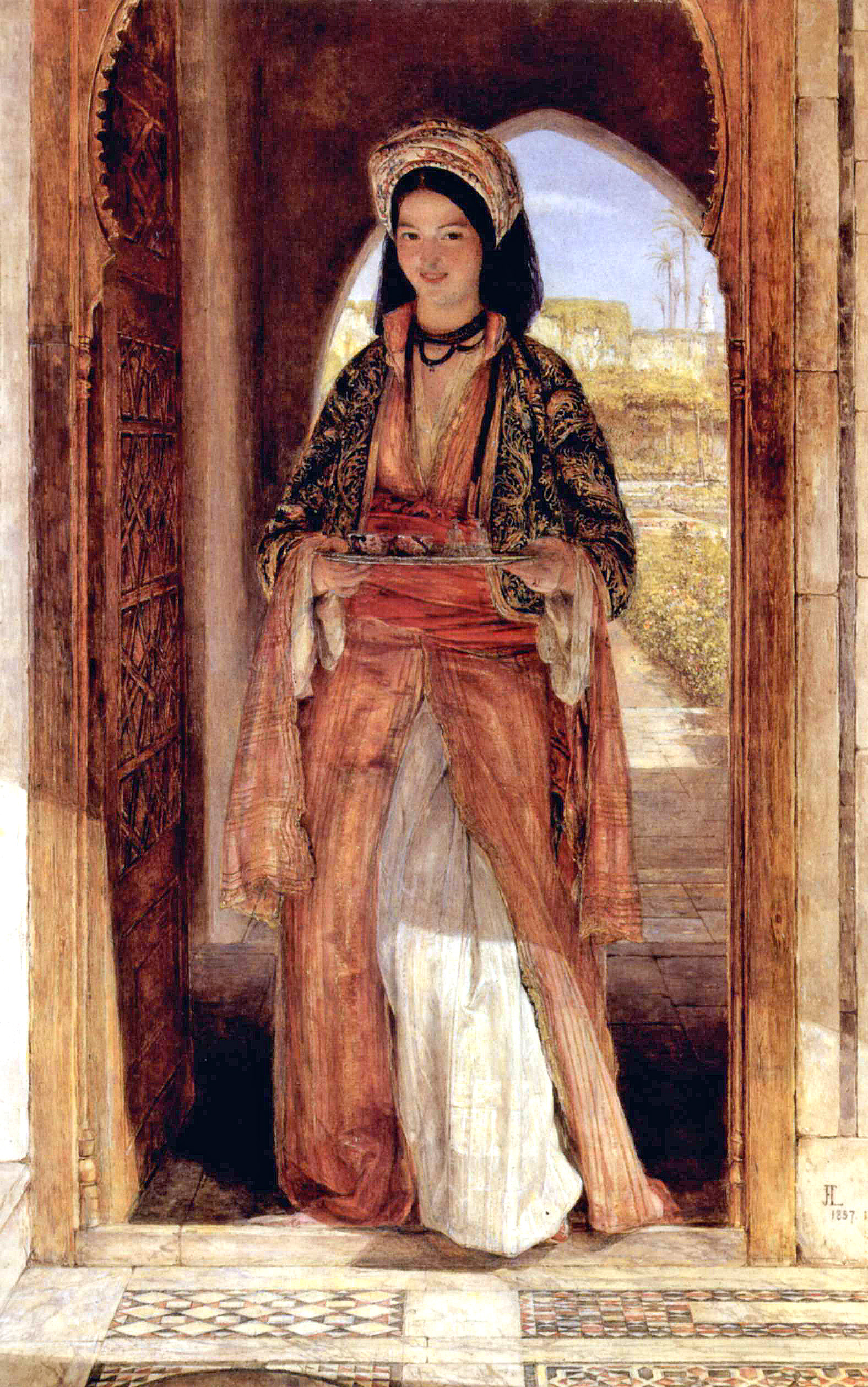Types of coffee and how different coffees are made
- Introduction to Coffee and its Origins
- Understanding Coffee Beans
- Introduction to Different Coffees
Introduction to Coffee and its Origins
The History of Coffee

Wikimedia history article analyzing the historical development of coffee.
The story of coffee is as rich and complex as the beverage itself. It's a tale that begins with a legend, travels across continents, and plays a significant role in shaping the course of history.
The Legend of Kaldi and the Dancing Goats
The origins of coffee are steeped in legend. The most popular tale involves an Ethiopian goat herder named Kaldi. According to the story, Kaldi noticed his goats were unusually energetic after eating berries from a certain tree. Intrigued, he tried the berries himself and experienced the same invigorating effect. This discovery, so the legend goes, was the humble beginning of our global love affair with coffee.
The Spread of Coffee from Ethiopia to the Arabian Peninsula
From Ethiopia, coffee made its way across the Red Sea to Yemen. By the 15th century, it was being grown in the Yemeni district of Arabia and by the 16th century, it was known in Persia, Egypt, Syria, and Turkey. Coffee was not only drunk in homes but also in the many public coffee houses — called qahveh khaneh — which began to appear in cities across the Near East. These coffee houses quickly became such an important center for the exchange of information that they were often referred to as 'Schools of the Wise.'
The Role of Coffee in Social Gatherings and Intellectual Discourse
Coffee houses, in the 17th and 18th centuries, were significant meeting places where people gathered not just to drink coffee, but also to read, learn, debate and play games. They were the hubs of social activity, fostering a sense of community and engagement. In many ways, these early coffee houses resemble the coffee shops we know today.
The Global Expansion of Coffee Cultivation and Consumption
The Dutch were the first to successfully transport and cultivate coffee plants outside of the Arabian Peninsula, establishing plantations in their colonies in Ceylon and Java, now Sri Lanka and Indonesia. Later, coffee plants were introduced to the Americas through French and Spanish colonization.
By the 18th century, coffee had become one of the world's most profitable export crops. After crude oil, coffee is the most sought commodity in the world today.
The history of coffee is indeed a story that's intertwined with the history of the modern world. From a simple berry to a globally traded commodity, coffee's journey is a tale worth telling over a cup of the brew itself.